Science You Can Eat: 10 Things You Didn't Know About Food
Interesting background

"I've never eaten a museum exhibit before," said a man sampling hydroponic watercress this week during a preview of the new exhibition on food at New York's American Museum of Natural History.
"Our Global Kitchen: Food, Nature, Culture" opens Nov. 17, taking visitors on an interactive, visual tour of food as sustenance, entertainment, ritual, and more. The show explores the surprising history of many favorite foods, and displays sample meals of people like writer Jane Austen, Olympic athlete Michael Phelps, and Mongolian leader Kublai Khan. Visitors can even sample treats inside a working kitchen, and take a test to tell if they are "supertasters."
Here are the top 10 things we learned touring the exhibition:
Waste
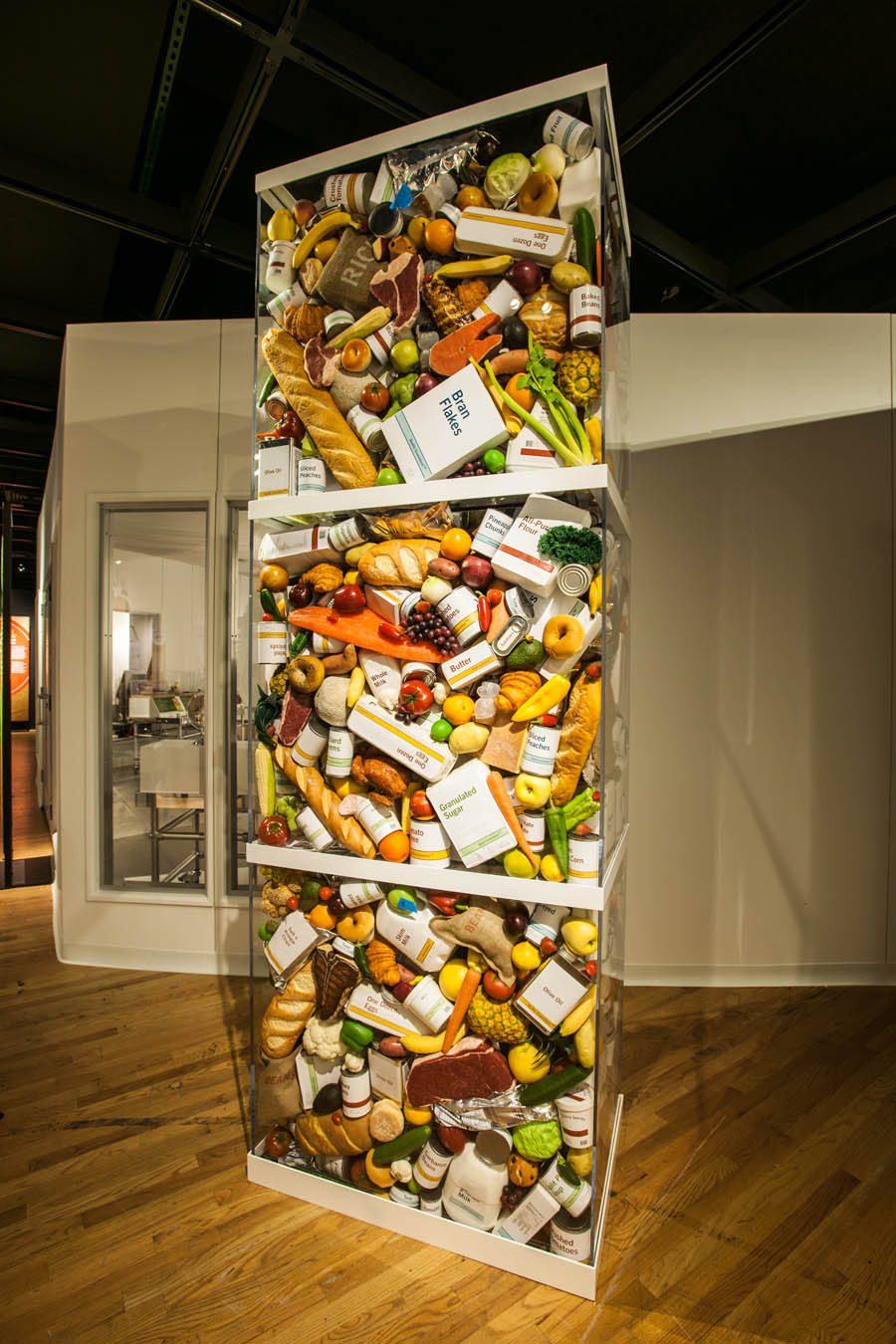
About 30 percent of all food produced is never eaten. The world produces enough food to feed all its human inhabitants, but the problem is distribution — the food doesn't always get to the people who need it. For example, just one U.S. family of four wastes 1,656 pounds (751 kilograms) of food every year.
Egg Hatchers
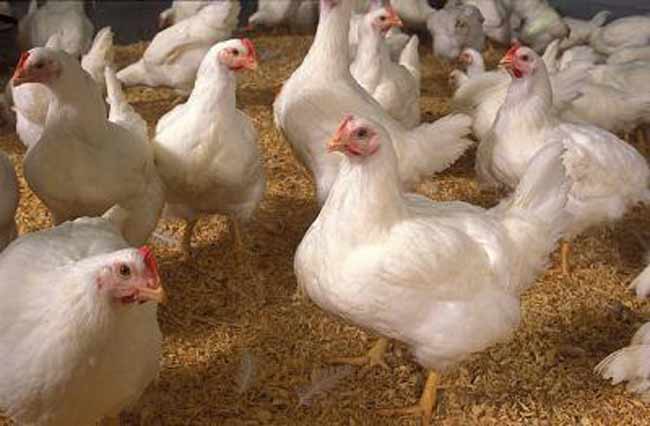
Wild chickens naturally produce only about 15 eggs a year, but farmers have bred domesticated chickens to lay up to 200 or 300 eggs per annum.
Peppers, Chocolate & Tomatoes

Many of the foods central to cuisines around the world originated in the Americas. For example, until 500 years ago, no one outside of the Americas had ever tasted chili peppers, chocolate or tomatoes. Now those ingredients are essential to the cuisines of Thailand, France, Italy and many other places. [7 Perfect Survival Foods]
Square Melons
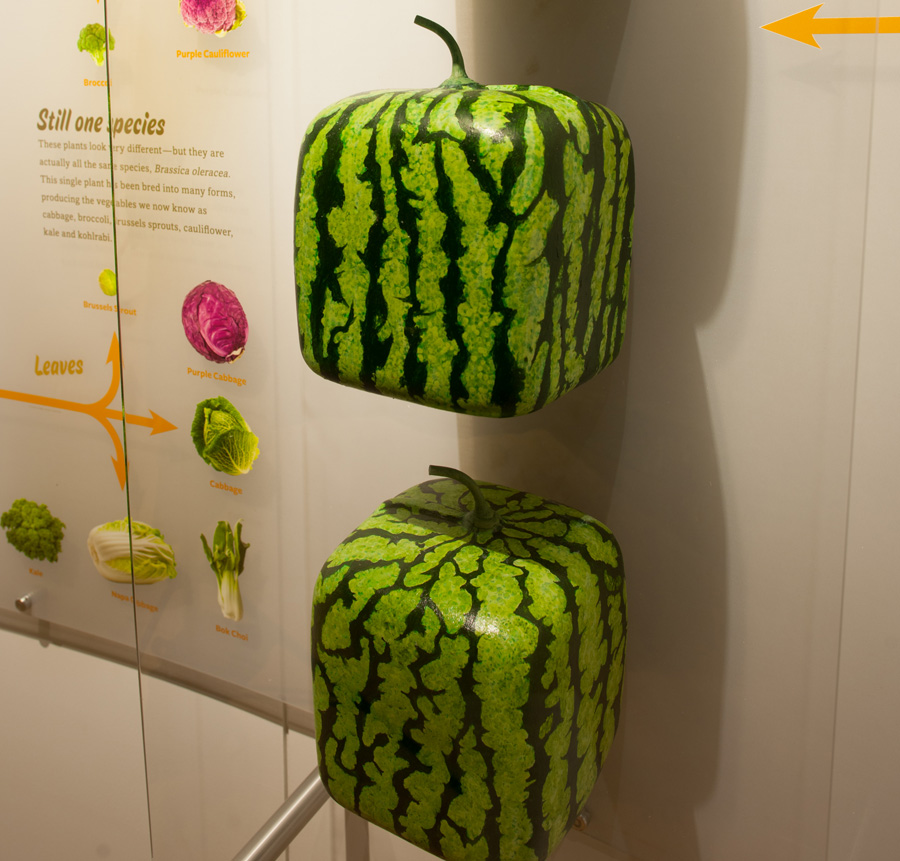
People in Japan grow watermelons in glass cubes to force them into forming square-shaped. These cubic melons are easier to store in refrigerators and slide into squares, and sell for significantly more than regular watermelons. The seeds from these melons still produce round watermelons, unless those, too, are grown in cubes.
Get the world’s most fascinating discoveries delivered straight to your inbox.
Spicy Bird Seed

Birds can't taste capsaicin, the chemical that gives chili peppers their kick, enabling birds to eat spicy peppers and spread their seeds far and wide without being bothered by the irritant.
Table Manners
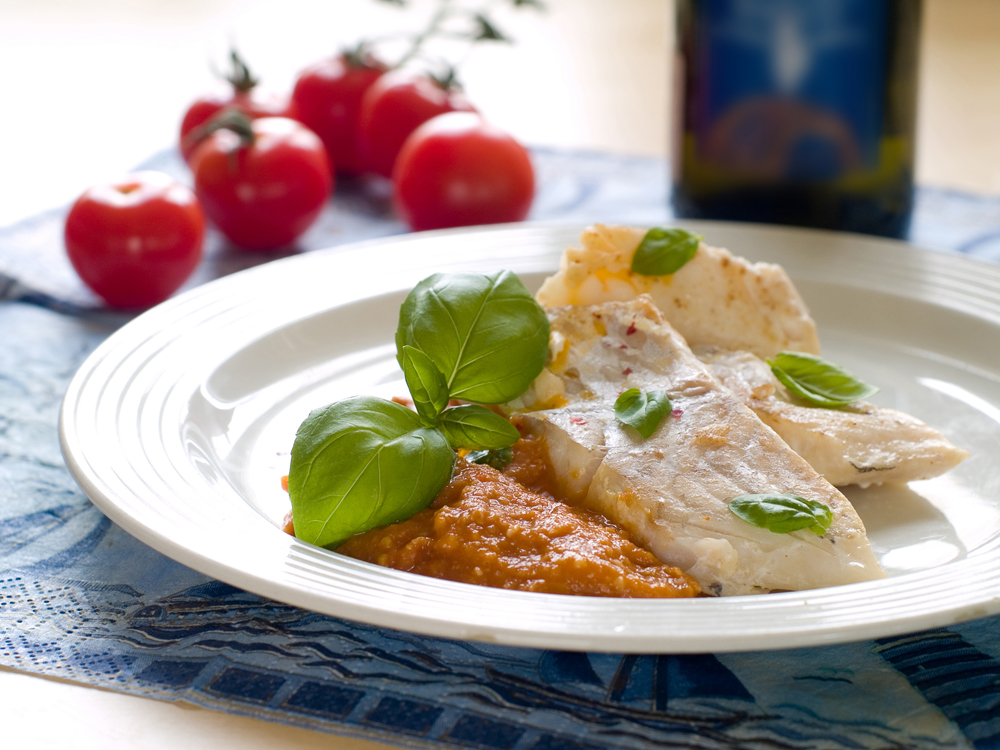
American people didn't start using forks to eat food until the mid 1800s. Before then, they used their hands, knives and spoons to transfer food from plate to mouth.Meanwhile, some people in China say the use of chopsticks over knives for eating there reflects the importance of scholars over warriors in Chinese culture.
Land Use

Humans use about 40 percent of the world's ice-free land to grow crops and livestock for food.
Bring to a Boil, Then Simmer
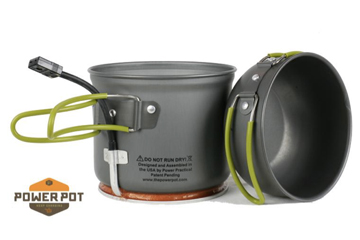
The technique of simmering food to cook it didn't develop until 10,000 years ago, because boiling food requires using airtight containers, which weren't available until then.
A Taste for Spice

Women who eat very spicy foods while pregnant and breast-feeding can pass along an appreciation for hot dishes to very young children. That's why many small kids in places like India, Mexico and Thailand can stomach foods much spicier than many grown adults elsewhere.
Under and Overfed

A person can be both overweight and malnourished, if they eat too many fatty foods high in calories that lack the vitamins and minerals a body needs.
Follow Clara Moskowitz on Twitter @ClaraMoskowitz or LiveScience @livescience. We're also on Facebook & Google+.



